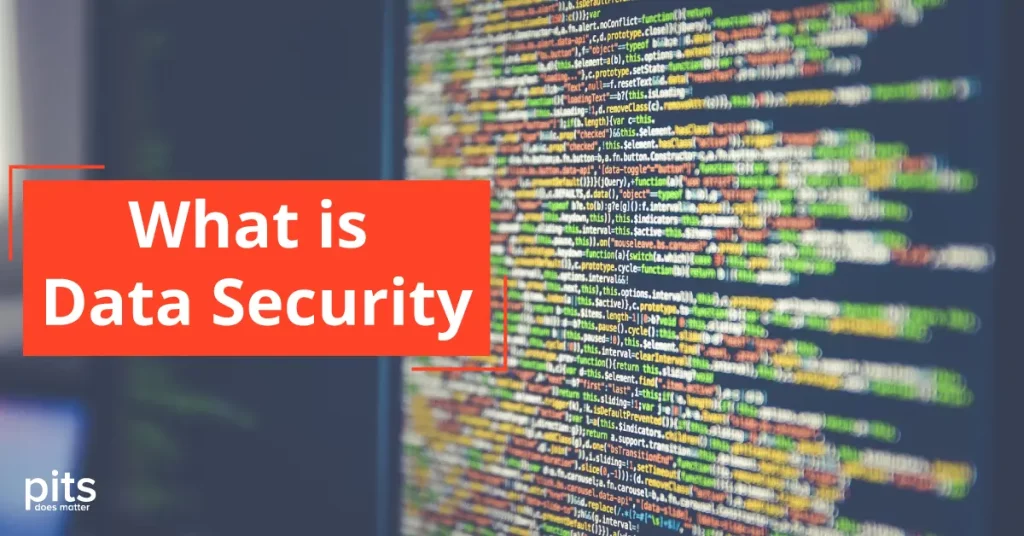In our increasingly digital world, data security has become a critical aspect of protecting sensitive information from unauthorized access, breaches, and loss. Whether you are an individual managing personal data or a business handling customer information, understanding data security is essential for safeguarding your information. This blog post will explore what data security is, its importance, key principles, and effective strategies to enhance data protection.
Understanding Data Security
Data security refers to the practices and technologies that are employed to protect digital information from unauthorized access, corruption, or theft throughout its entire lifecycle. This encompasses a wide range of measures designed to ensure that data remains confidential, intact, and available to authorized users.
Why is Data Security Important?
The significance of data security cannot be overstated. Here are some compelling reasons:
-
Protection of Sensitive Information: Data security measures help protect sensitive information, such as personal identification details, financial records, and proprietary business data from unauthorized access.
-
Maintaining Privacy Compliance: With regulations like GDPR, HIPAA, and CCPA in place, organizations must comply with legal requirements to protect customer data. Non-compliance can result in heavy fines and legal repercussions.
-
Reputation Management: Data breaches can lead to significant reputational damage for businesses. Maintaining strong data security helps build trust with customers and stakeholders.
-
Preventing Financial Loss: Cyberattacks and data breaches can lead to substantial financial losses due to legal costs, regulatory fines, and recovery expenses.
Key Principles of Data Security
To effectively implement data security measures, it’s essential to understand its core principles:
1. Confidentiality
Confidentiality ensures that sensitive data is accessible only to those authorized to view it. Techniques to maintain confidentiality include:
- Encryption: Encoding data to prevent unauthorized access, ensuring that only users with the correct decryption key can read it.
- Access Control: Implementing user permissions and roles to limit access to sensitive information.
2. Integrity
Data integrity involves maintaining the accuracy and consistency of data over its lifecycle. Measures to ensure data integrity include:
- Data Validation: Using checksums and hashes to verify that data has not been altered or corrupted during transmission or storage.
- Backup Solutions: Regularly backing up data to protect against corruption or accidental loss.
3. Availability
Availability ensures that authorized users can access data when needed. Strategies to maintain availability include:
- Redundancy: Implementing redundant systems and backups to ensure data remains accessible even in the event of a hardware failure.
- Disaster Recovery Plans: Establishing comprehensive disaster recovery protocols to restore data and services after an incident.
Effective Strategies for Enhancing Data Security
Implementing robust data security measures involves a combination of technologies, policies, and best practices. Here are some effective strategies:
1. Data Encryption
Encrypt sensitive data both in transit and at rest. This adds an additional layer of security, ensuring that even if data is intercepted, it remains unreadable without the proper keys.
2. Regular Software Updates
Keep all software, including operating systems and applications, up to date to protect against known vulnerabilities. Cybercriminals often exploit outdated software to gain access to sensitive data.
3. Strong Password Policies
Implement strong password policies, requiring complex passwords that combine letters, numbers, and special characters. Encourage users to change passwords regularly and avoid reusing passwords across different platforms.
4. Employee Training
Conduct regular training sessions for employees on data security best practices. This includes recognizing phishing attempts, securing devices, and following established protocols for handling sensitive information.
5. Use of Firewalls and Antivirus Software
Deploy firewalls and antivirus software to create a barrier against unauthorized access and to detect and neutralize threats before they can cause harm.
6. Regular Audits and Assessments
Conduct regular security audits and assessments to identify vulnerabilities and ensure compliance with data protection policies. Addressing weaknesses proactively can prevent future data breaches.
Conclusion
Data security is a critical component of modern information management that protects sensitive data from unauthorized access and breaches. By understanding its principles and implementing effective strategies, individuals and organizations can safeguard their data and maintain compliance with regulatory requirements.


